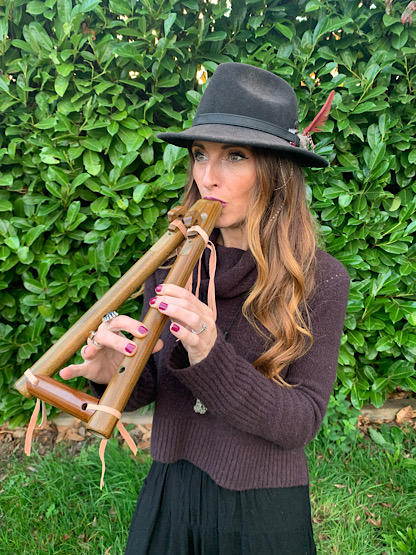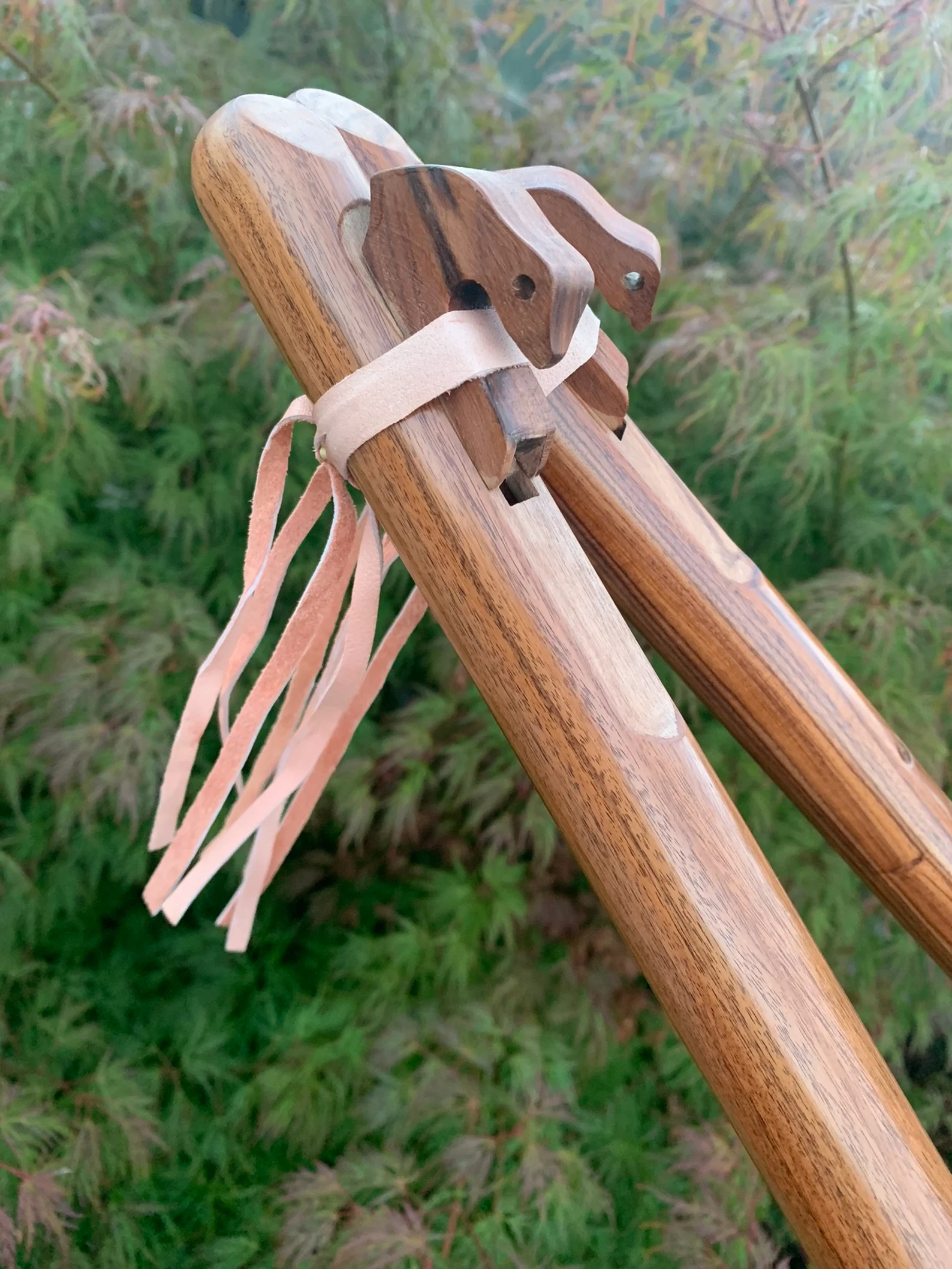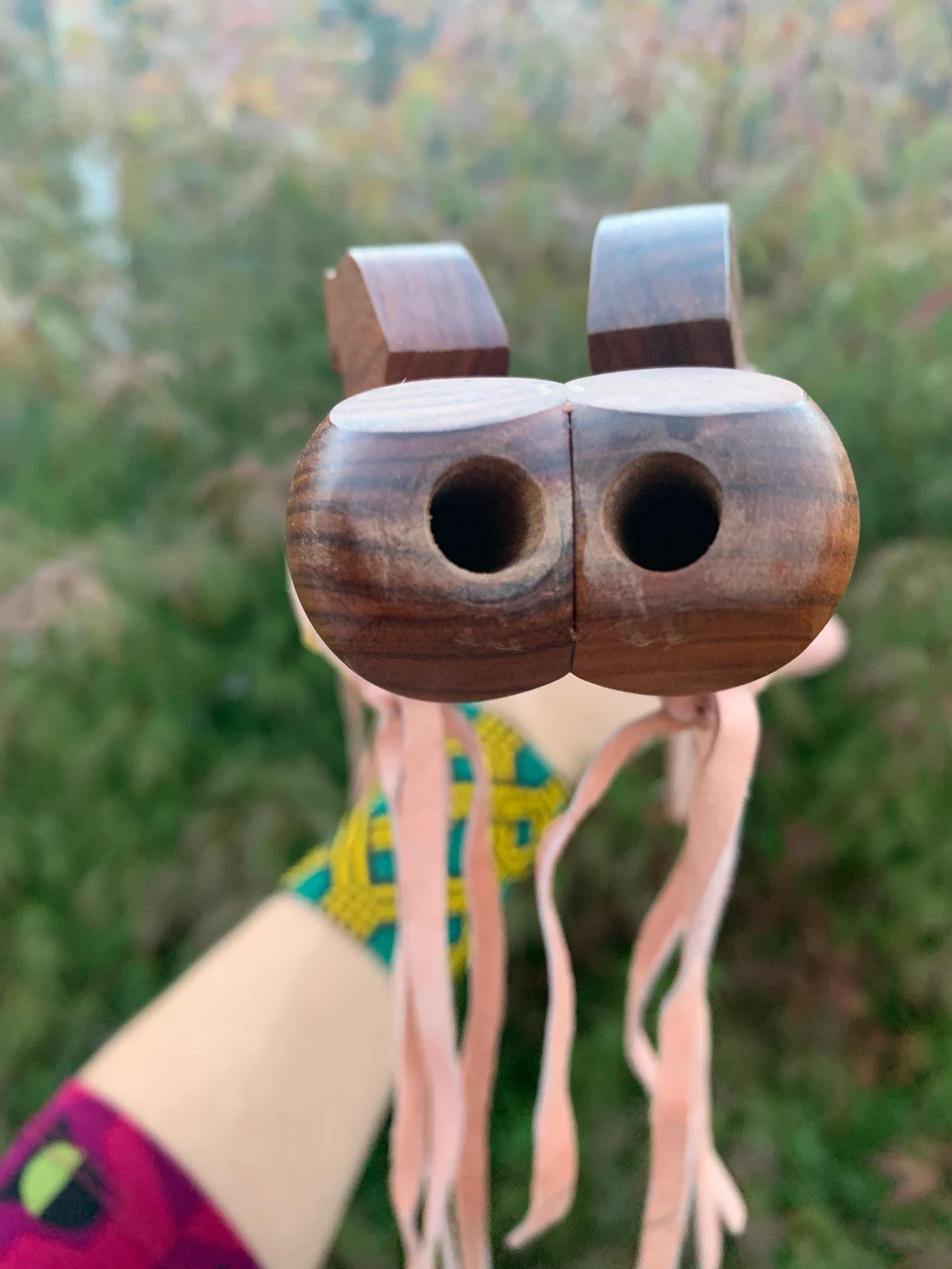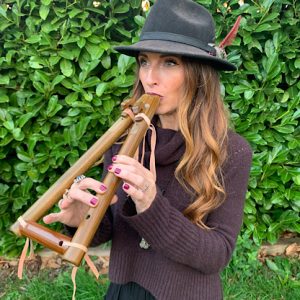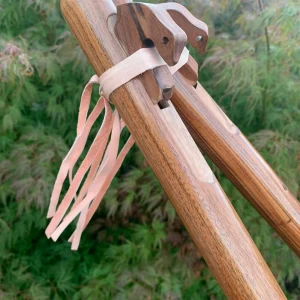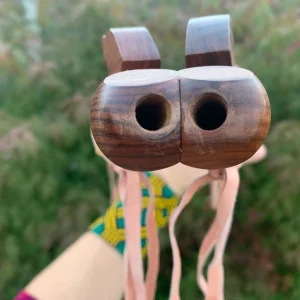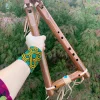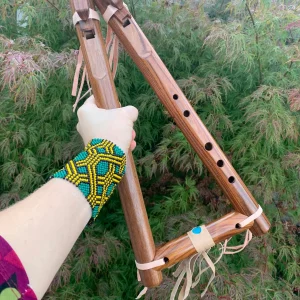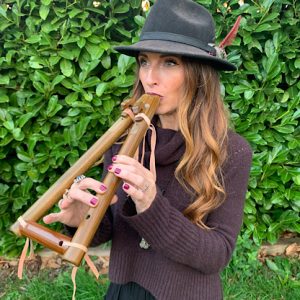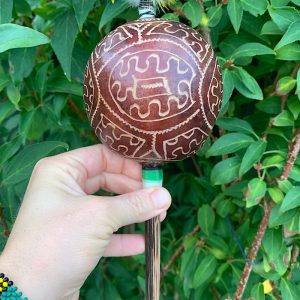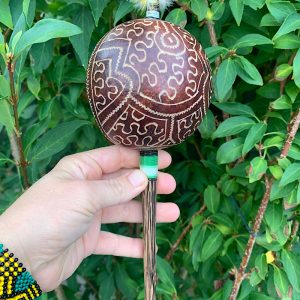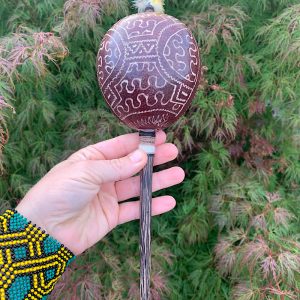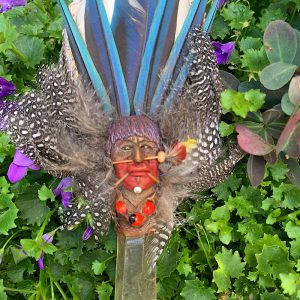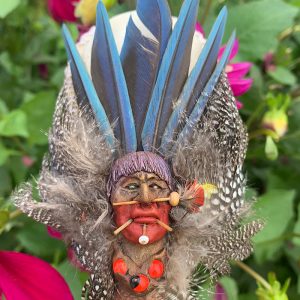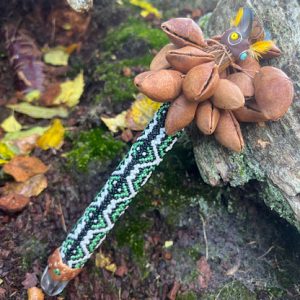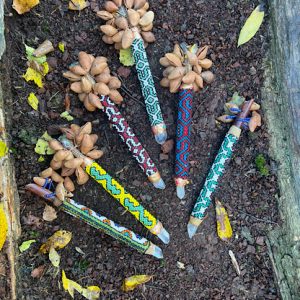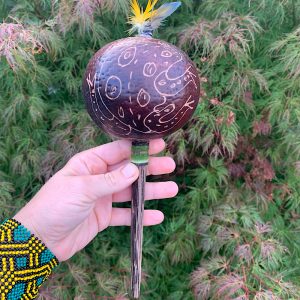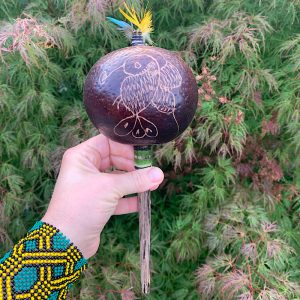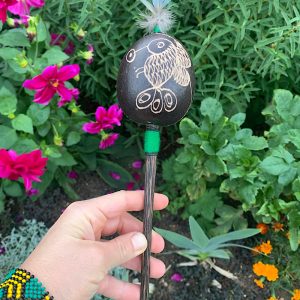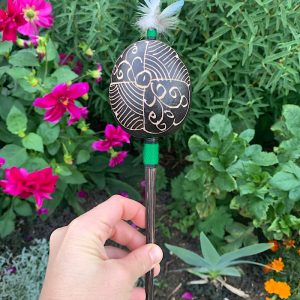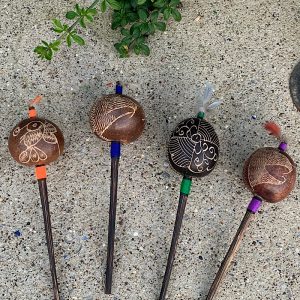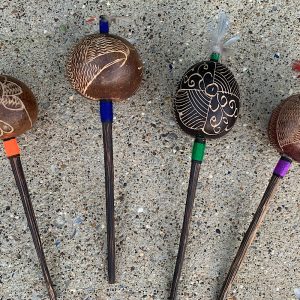Native Copaiba Double Flute
£222.00
Copaiba allows us to see our emotional wounds.
Offers assistance with emotional clearing while providing spiritual protection.
The double flute has a male and a female vibration.
When played together at some point they integrate and work the energy of love.
Love is the most luminous vibration in the universe.
For what?
To heal from the heart of sound.
It has a powerful vibrational and harmonic effect.
Available on back-order
Native Copaiba Double Flute – Facilitates musical initiation for people who have never played an instrument.
It is a fast learning flute.
Acts as a powerful ally in meditative, respiratory and therapeutic practices.
One of the healing aspects of the flute is the peace of mind that it can bring.
We can increase our possibility of reaching the alpha state – which is a basic vibration in meditation.
Double Flute Can Help to quiet the thoughts open yourself to intuition, or spiritual guidance.
Helps release emotions that are hidden within your subconscious mind.
Connects us to our Heart, where Peace itself resides.
The ancient Andean wisdom teaches us that the Earth was made while the creator sang, therefore all beings are made of sound, rhythm and harmony.
Native Copaiba Double Flute
Can help to awaken our memories (ancient memory), weaving sounds into frequencies that open the heart and encourage the spirit to fly.
With instruments and your divine breath, a bridge between the ancestral and the contemporary.
Between heaven and earth, matter and the divine.
SHIPIBO TRIBE
The Shipibo are an Indigenous people along the Ucayali River in the Amazon rainforest in Peru.
Formerly two groups, the Shipibo and the Conibo, they eventually became one distinct tribe.
This was through intermarriage and communal ritual.
They are currently known as the Shipibo-Conibo people.
With an estimated population of over 20,000, the Shipibo-Conibo represent approximately 8% of the indigenous registered population.
Shipibo-Conibo women make beadwork and textiles.
They are well-known for their pottery, decorated with maze-like red and black geometric patterns.
Many of their traditions are still practiced, such as ayahuasca medicine work.
Medicine songs have inspired artistic tradition and decorative designs found in their clothing, pottery, tools and textiles.
Shipibo patterns are believed to heal physical, mental, emotional and spiritual ailments.
Each design carrying its own meaning.
Some are said to bring wisdom or protection; others attract abundance.
The cloths are worn as skirts, placed on tables or beds, hung on walls or used in ceremony.
| Weight | 430 g |
|---|---|
| Dimensions | 40 × 40 × 30 mm |
Related products
Hand Crafted Artisans
Hand Crafted Artisans

